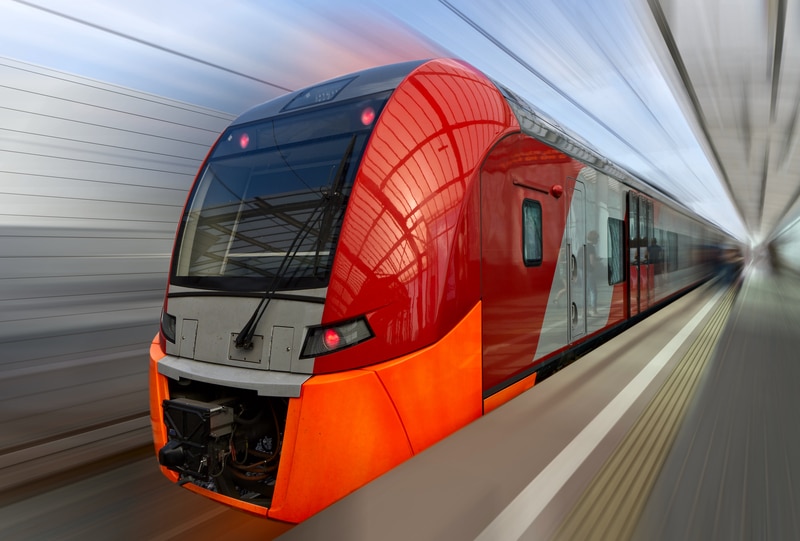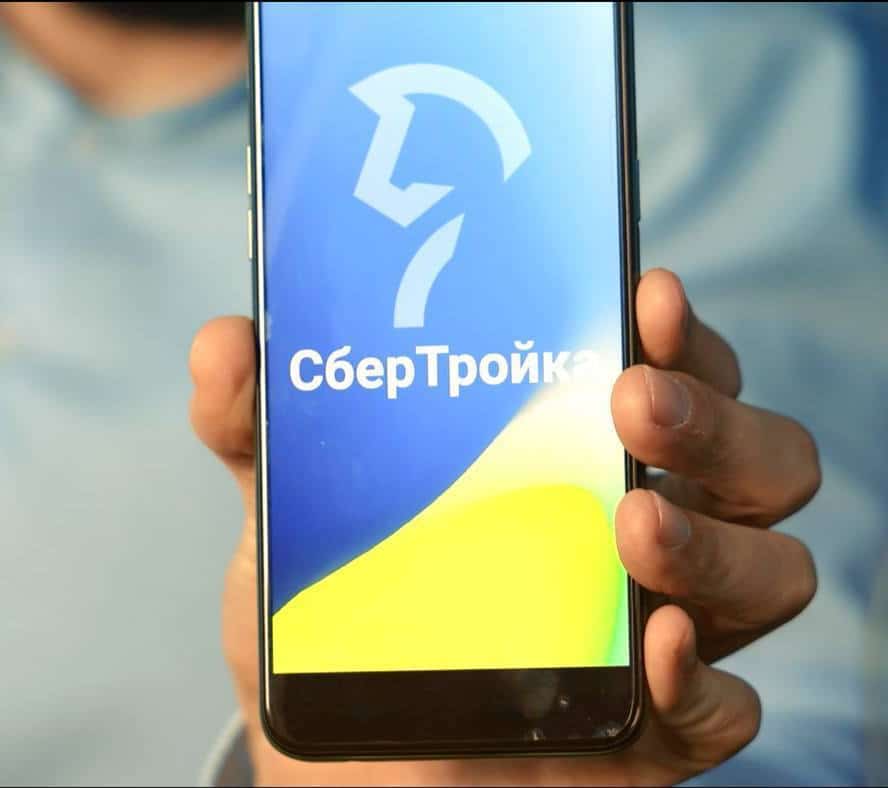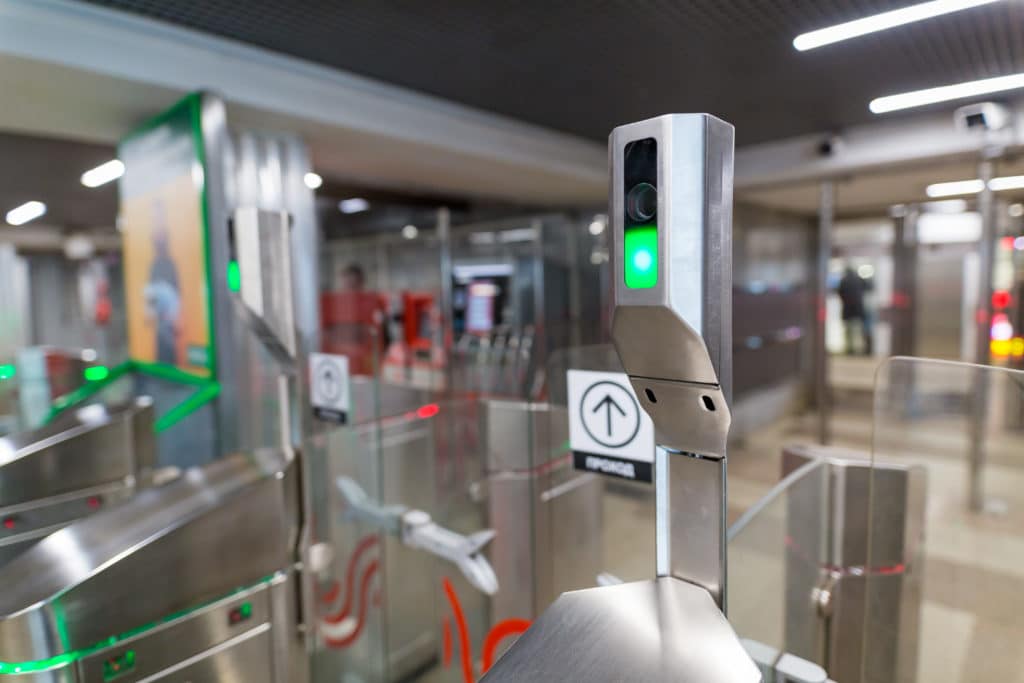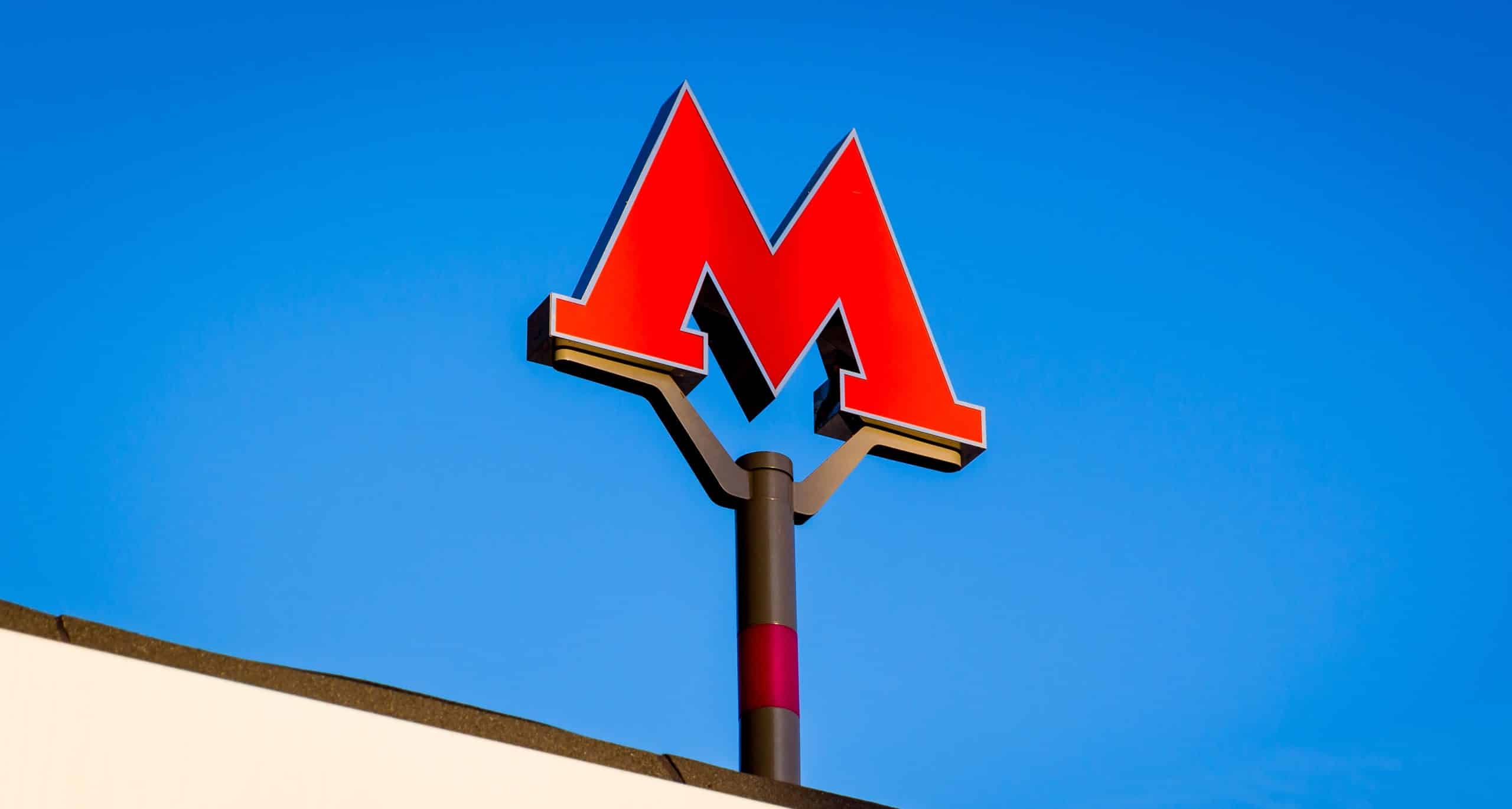
Article Highlights
The city of Moscow plans to test its planned subscription-based “MultiTransport” MaaS platform with trial users, enabling them unlimited travel on public transit, along with a certain number of taxi rides. The city plans to add such other transport modes as ride-share and bike and scooter rentaL.
There will be three monthly subscription plans, reportedly priced at RUB 2,999 (US$41), RUB 3,999 (US$54) and RUB 5,999 (US$81). All three plans will offer users unlimited public transit rides for the month. In addition, the low-end plan will give users five taxi rides; the middle plan, 10 taxi rides; and the high-end plan, 20 rides.
The Moscow Department of Transport has announced it is launching a test of its planned “MultiTransport” mobility-as-a-service platform, which will enable users to plan and pay for rides on the Moscow Metro and other public transit, along with taxis. The city said it is planning to add other transport modes, including car-share and bike and scooter rental.





















